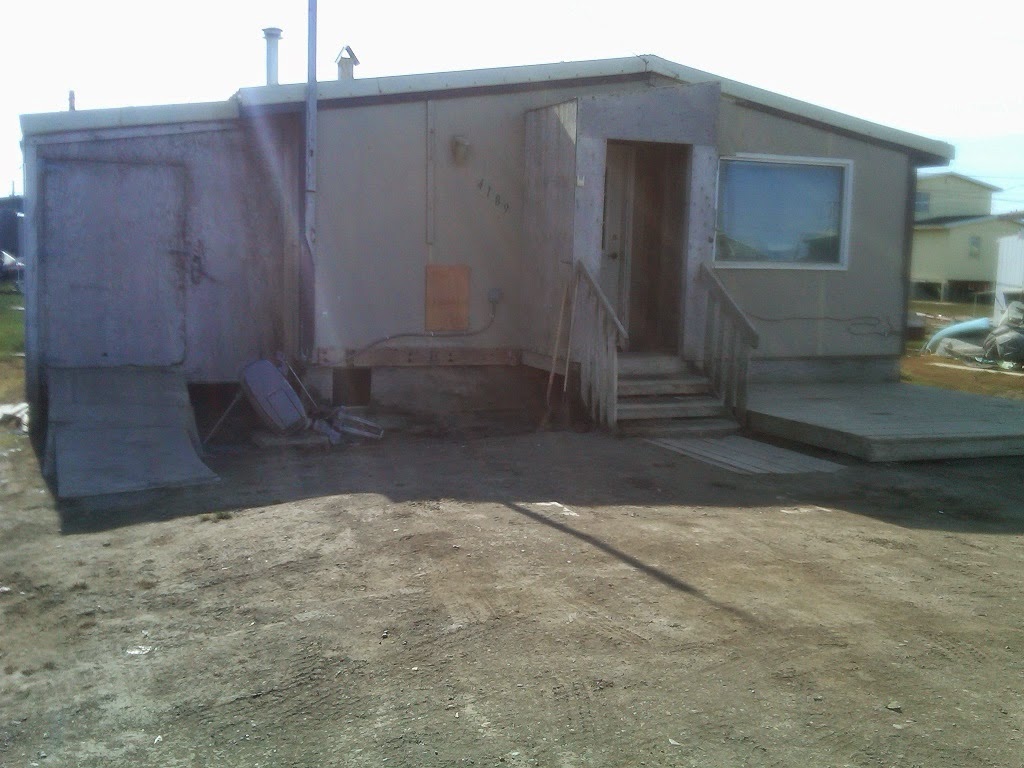Characterized by vast amounts of carbon stored in permafrost and a rapidly evolving landscape, the Arctic is an important focal point for the study of climate change. These are sensitive systems, yet the mechanisms responsible for those sensitivities remain poorly understood and inadequately represented in Earth System Models. The NGEE Arctic project seeks to reduce uncertainty in climate prediction by better understanding critical land-atmosphere feedbacks in terrestrial ecosystems of Alaska.
Monday, September 1, 2014
Living in Barrow…Herman House
A few people have asked what it’s like to live in Barrow.
Being the northernmost city in the United States you can guess that it is
different from life in the lower 48. However, we have great logistical support
from UMIAQ and as a result we typically have everything we need including
vehicles and housing. Our team, especially when we have large field campaigns, is
usually distributed between 3 apartments in town; two apartments along Boxer
Street and the Herman House. All of these locations are close to the gas
station, grocery store, etc. This week Larry, Go, David, Baohua, Ziming, and I
stayed at the Herman House; a two bedroom house that sleeps 8; nine if you
count the futon in the living room. The two bedrooms have bunk beds and can get
a little crowded. Everyone, however, seems to find a spot and can operate
pretty effectively despite the close quarters. Internet connections are slow,
so it helps that people are patient. It can get a little hectic when everyone
returns from the field with boots and jackets, especially after a wet day of
research like yesterday, drying in various rooms throughout the house. We have
a nice kitchen where we can prepare meals and even a washer and dryer. Most
people are finding that thanks to these resources, research trips to Barrow can
be enjoyable and everyone seems to like the comradery.





